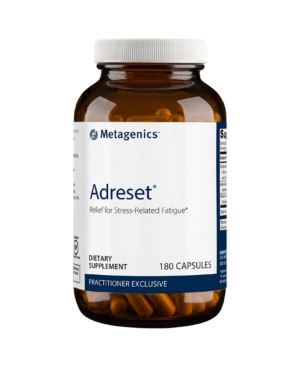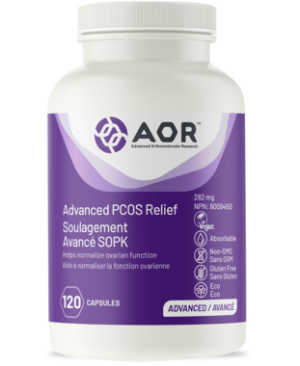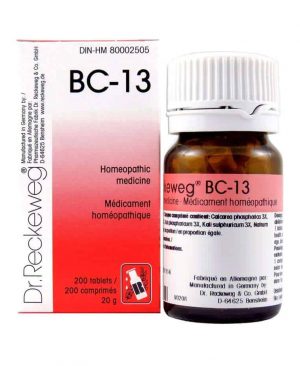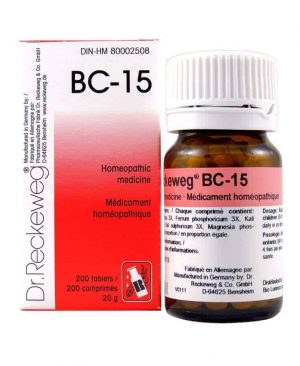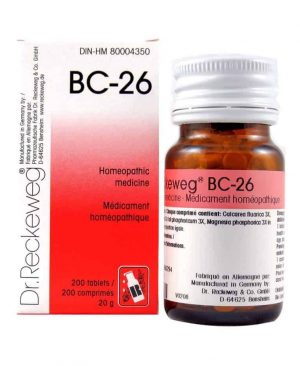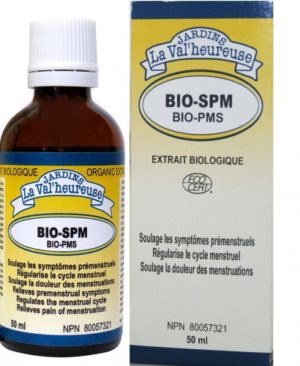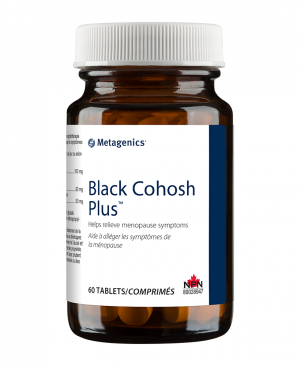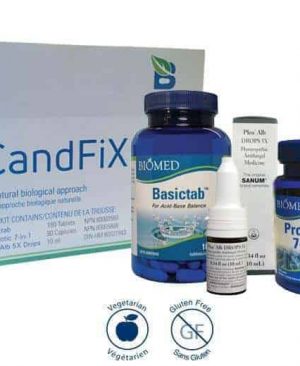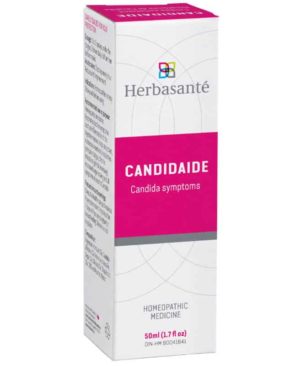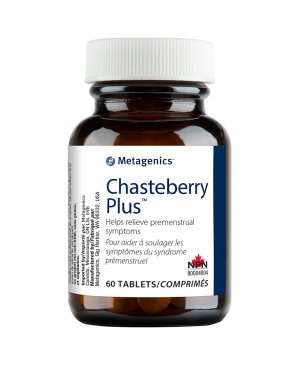Women's health
-
grid
-
list
Showing 1–10 of 49 results
- grid
- list
Showing 1–10 of 49 results
-
Advanced PCOS Relief 120 capsules AOR Reg.: $42.00
$42.00Availability: In stockOut of stock
It helps normalize ovarian function, ovulation, and oocyte quality, and normalizes menstrual cycle irregularities in women with PCOS. Advanced PCOS Relief also improves hormonal and metabolic conditions, and improves insulin sensitivity.
-
BC-13 200 Tablets Reg. $15.00
$15.00Availability: In stockOut of stock
BC13: Homeopathic medicine – Combination salt
-
BC-15 200 Tablets Reg. $15.00
$15.00Availability: In stockOut of stock
BC15: Homeopathic medicine – Combination salt
Menstrual problems
-
BC-26 200 Tablets Reg. $15.00
$15.00Availability: In stockOut of stock
BC26: Homeopathic medicine – Combination salt
Pains of delivery.
The process of childbirth inevitably creates anticipation for the majority of women.
The biochemical combination of the following four tissue salts helps to relieve the pain of childbirth and facilitates it.
BC26 also treats abdominal pain during pregnancy and anxiety states.
-
Bio-PMS 50 ml Jardins La Val’heureuse Reg.: $24.00
$24.00Availability: In stockOut of stock
- Relieves Premenstrual Symptoms
- Regulates the menstrual cycle
- Helps relieve symptoms related to peri-menopause
- Antispasmodic / Relieves pain of menstruation
- Soothes the nervous system during nervous tension or insomnia, intense stress associated with PMS
- Calms anxiety, anxiety, agitation, mild depression, nervousness and irritability associated with PMS
- Help digestive and hepatic problems related to the menstrual cycle
- Helps relieve headaches associated with the menstrual cycle
-
CandFiX 4 week program Biomed Reg.: $90.00
$90.00Availability: In stockOut of stock
A natural biological approach
Reduce, Replenish, Rebalance
The CandidaFix kit contains natural preparations for elimination of candida and fungus. Based upon European Biological Medicine principles, optimizing intestinal conditions and supporting a self-regulating environment within the body, are the keys to eliminating candida and fungal overgrowth.
-
Candidaide 50 ml (1.7 oz) Reg.: $23.00
$23.00Availability: In stockOut of stock
Candid-Aid • Fungal Infections
- Candidiasis
- Candida albicans
- Athlete’s foot
- Fungal infections
- Remedy for milky discharge
and vaginal yeast infestions - To clear mycotics

